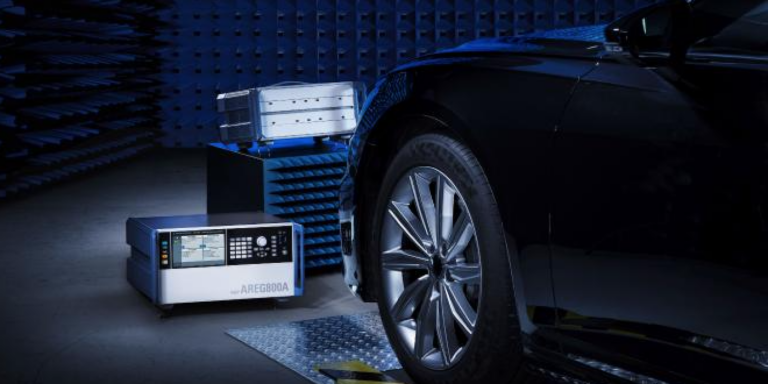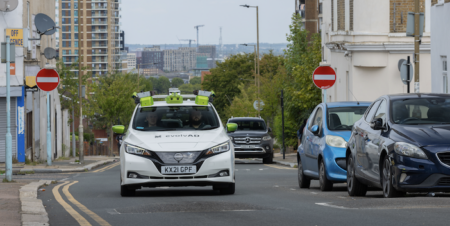Rohde & Schwarz and Vector Informatik are collaborating on closed-loop scenario testing of automotive radar sensors for advanced driver assistance systems (ADAS) and autonomous driving (AD), to enable verification of safety-critical functions such as emergency braking, in an integrated hardware-in-the-loop (HiL) environment.
HiL testing is a technique used to accelerate the development of complex real-time embedded systems such as ADAS in situations where using a fully assembled vehicle is not possible or is deemed too costly, time-consuming or dangerous. Instead, the operation and behaviour of supporting systems are electronically simulated.
The system setup consists of Vector’s DYNA4 virtual test drive software, which provides the environment simulation and the user interface for scenario configuration and test execution. This software is combined with Rohde & Schwarz’s radar test system, which generates dynamic artificial objects for the radar sensor under test, based on ASAM OSI object lists implemented in the DYNA4 environment simulation software. Vector CANoe receives the radar sensor’s bus output signals with the objects detected by the radar, and the software then analyses and visualises these inputs. The detected objects are also compared with the simulated ‘ground truth’.
The Rohde & Schwarz radar test system comprises the R&S AREG800A automotive radar echo generator as the digital backend, and the R&S QAT100 advanced antenna array as the frontend. An antenna array technology allows complex artificial objects to be generated for the radar sensors at variable distances and with variable radial velocity, object size and angular direction. The antennas and test equipment do not need be moved physically. A dedicated HiL interface that conforms to the ASAM open simulation interface specification allows realistic over-the-air stimulation of radar sensors with challenging, complex and even risky driving scenarios.
According to Rohde & Schwarz the modular and scalable concept of the radar test system makes it future-proof. In addition to offering standard radar-based ADAS feature tests such as adaptive cruise control (ACC) and autonomous emergency breaking (AEB) scenarios, the system can be upgraded to cover advanced test cases and future scenarios.





